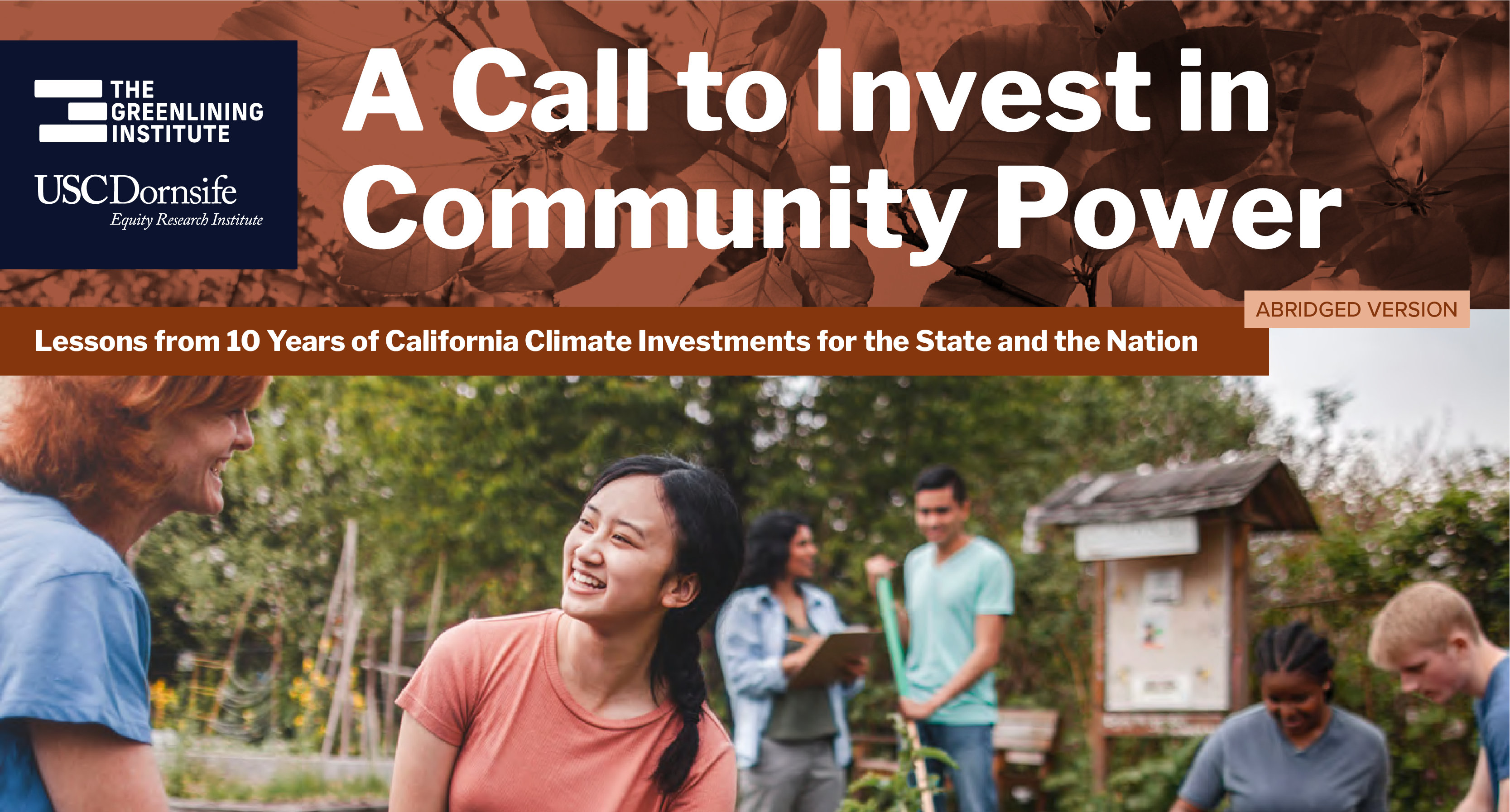Build It: Sustainability Planning In Stockton

Here in California, we devote at least 35 percent of funds collected from polluting industry to communities most impacted by poverty and pollution. Those resources have been used to plant trees, build affordable housing near transit, install solar and more in communities across California. Our recent work in Stockton taught us a lot about community planning to make those funds really work to promote sustainability.
In Stockton, the city and community are beginning a year-long community engagement process this summer to identify key local sustainability priorities. Funded through the Transformative Climate Communities Planning Grant, Stockton is one of ten grant recipients from across the state that are embarking on planning efforts to build capacity and readiness for future capital investments.
Stockton presented a strong vision by bringing the city together with a close working group of over 20 community-based organizations that work to make their city a better place to live, work and play on issues ranging from criminal justice to public health to community greening. They developed a grant proposal that rests on listening to the needs and priorities of youth, communities of color and low-income households in South Stockton. And their planning work this year will make Stockton more competitive, hopefully positioning it to capture additional resources to transform South Stockton with affordable housing, green infrastructure, clean transportation, water conservation and climate resiliency measures.
So what did all this take? Nearly 2 years of work and coordination
- Outreach and Education: Having worked on state policies to target clean energy funding to impacted communities, we knew it was equally important to educate local stakeholders about the resources now available. We first started our outreach and education work in Stockton in the spring of 2016. Community stakeholders and local government were interested in leveraging funding to make real change, but also didn’t know much about the climate resources offered by the state that could do just that.
- Developing Trust and Partnerships: Stockton is held down by fierce community advocates and big ideas, but it’s so easy to get “siloed” — stuck in their own particular corner of advocacy — and folks weren’t necessarily working together on sustainability issues like climate and clean energy. By serving as a neutral third party, we brought stakeholders together from a variety of issue areas and bridged old tensions, all around the common goal of bringing green investments to their community.
- Convening a Working Group: Once local stakeholders decided to work collaboratively together, we needed to develop a working group process to really co-develop an application. In partnership with Third City Coalition, Fathers & Families of San Joaquin, Enterprise Community Partners and the city of Stockton, we coordinated a six month visioning process: What are Stockton’s priorities? Where are the opportunities and challenges? Who needs to be involved? How can we address environmental and racial equity? What are we missing?
- Getting Technical Assistance: Finally, to make this all work, we needed Enterprise Community Partners to be Stockton’s grant writer and consultant, pulling together everyone’s ideas and visions into one, clear grant application. The grant application process can be incredibly complex and technical in nature, and leveraging technical expertise can make the difference between success and failure.
Led by community activists like Third City Coalition, FFSJ, Catholic Charities Diocese of Stockton, STAND, Public Health Advocates, PUENTES and Rising Sun, Stockton will now be spending the next year engaging in the necessary deep outreach and engagement work to build a community climate vision grounded in the needs, strengths and priorities of residents.
This work in Stockton was some of the most rewarding that I’ve been involved in, and enabled the community to obtain foundational funding to continue working towards a more resilient future. It also wouldn’t have been possible without investing in the community’s long-term climate knowledge and capacity over the course of nearly two years.
Lots of communities want and need to create the sort of sustainability effort Stockton has mounted, but unfortunately don’t have the resources to do it. That’s why we’re excited to be co-sponsoring SB 1072 (Leyva), to build out what worked in Stockton across all of California. I’ll be sharing more about what SB 1072 does next week, so stay tuned for more.
Emi Wang is Greenlining’s Director of Capacity Building, follow her on Twitter.




